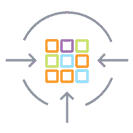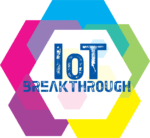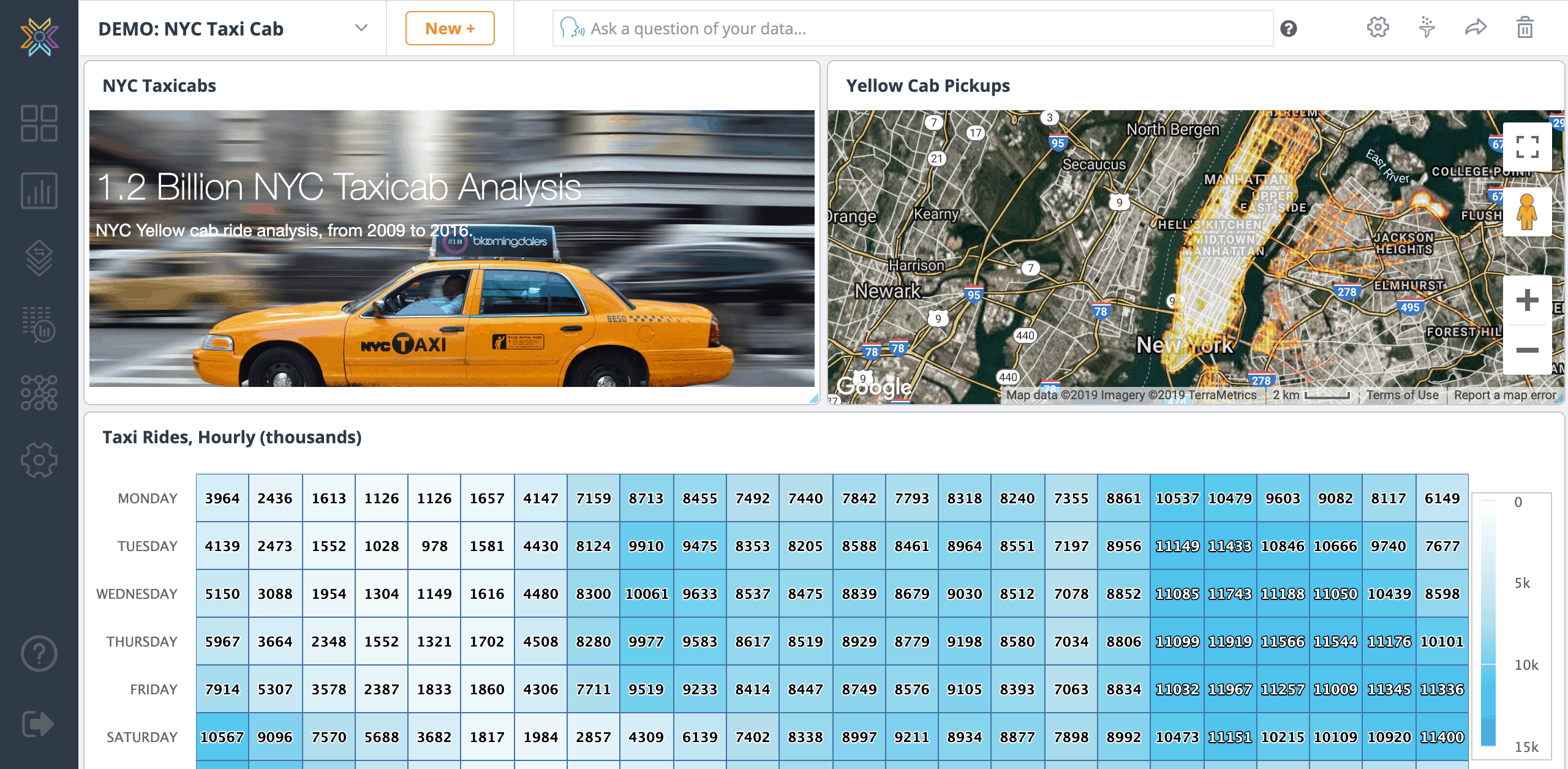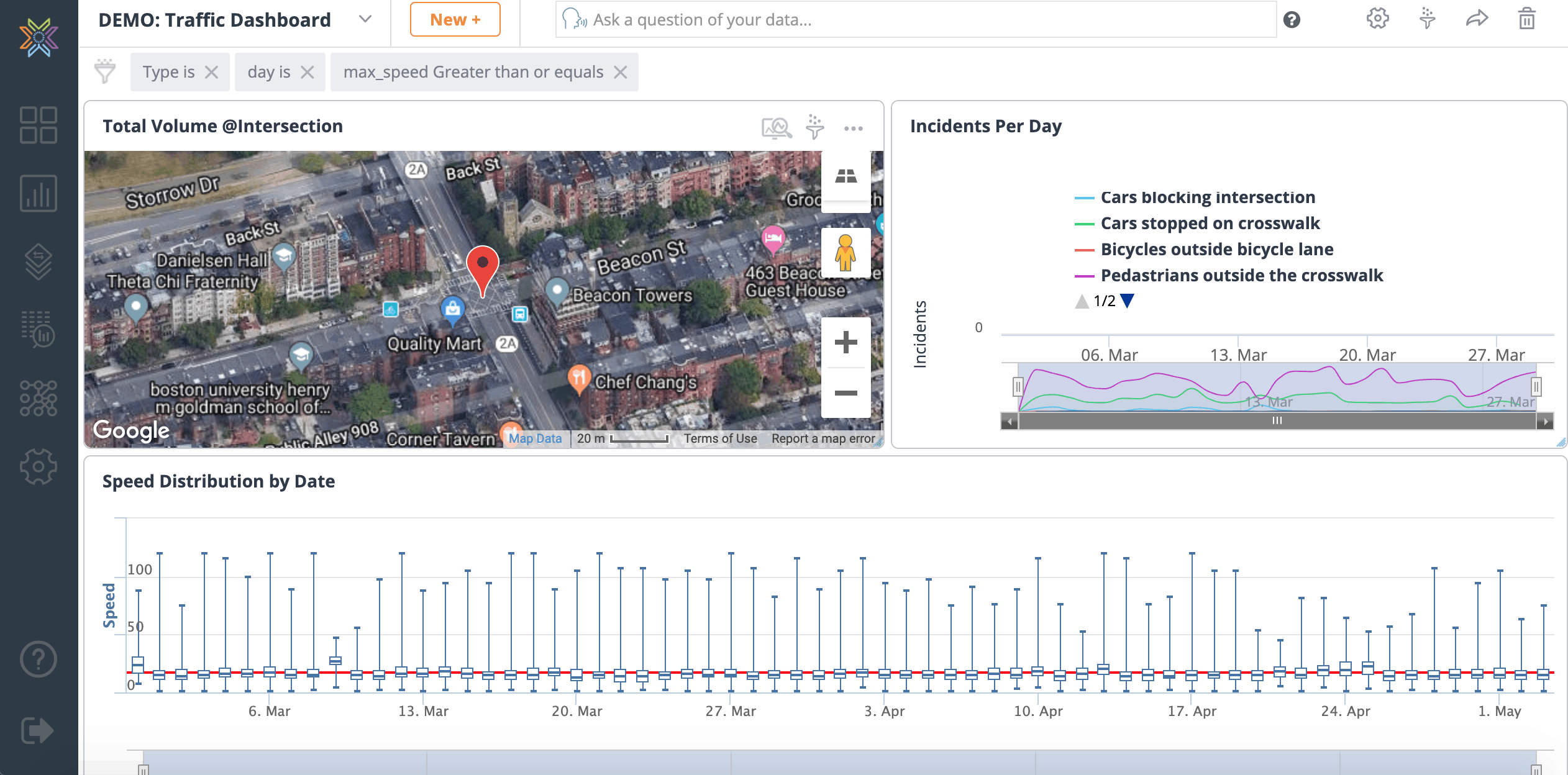IoT Analytics made simple
Monitor your IoT devices and backend systems in one unified platform—streamlining your entire IoT analytics journey
Knowi for IoT Analytics

Native Integration to IoT Data Sources
Knowi natively integrates to all the popular time-series NoSQL data stores enabling instant integration to your IoT data, without moving or manipulating it first. We don't move your data for analytics or require you to install any drives, etc. When we say native integration, we mean native.

Join with Relational Data Sources
Knowi uniquely enables you to create blended datasets on the fly through our innovative query interface. Join as many sources as your want, including REST-APIs, in a single query. All join types are supported. All you need to know if the join key and we take care of the rest.

Embed Analytics in Your IoT Applications
Knowi comes with over 30 visualizations that you can easily embed into your IoT applications. We provide a number of embed options to meet every use case. Brand Knowi dashboards as your own for a continuous user experience for your business teams, customers or partners.

Knowi has been selected as IoT Analytics platform of the year. By the IoT Breakthrough Awards for 2020
IoT Analytics Dashboard Example
Allow event operators to monitor capacity in real-time using a single dashboard to easily identify opportunities to reduce waste. Use anomaly detection to reduce risk and anticipate safety hazards.
IoT Fleet Management Dashboard Example


Smart Cities IoT Dashboard
Hundreds of companies trust Knowi to unify their analytics
Frequently Asked Questions about IoT Analytics
IoT data is distributed and disparate in nature. This means that to enable real-time IoT data streaming and analytics, you must have an efficient method of data ingestion or integration. The ingestion step usually involves automated data collection across different data sources, aggregating everything into a data warehouse or data lake. Depending on the nature of the data collected, the design of the ingestion process and storage will vary widely.
In data transformation, you merge or join the collected data as needed and run any additional operations to get it into the optimal format.
Gartner has predicted that by early in the 2020s, that more than half of major new business entities will incorporate some elements of IoT in their systems. The complexity of the vast volumes of data generated through these IoT systems creates a need for deep data analytics tools and skillsets. However, IoT data tends to be far messier than common business data, incorporating large streaming volumes of data that are often geospatial in nature. With such complex data, gleaning any insights or understanding from it will require an IoT specific analytics solution.
IoT analytics can be used to simplify that enormous volume of data into actionable insights and understandable dashboards.
See how it works. No Credit Card. No Obligation.
Experience IoT Data Analytics with Knowi